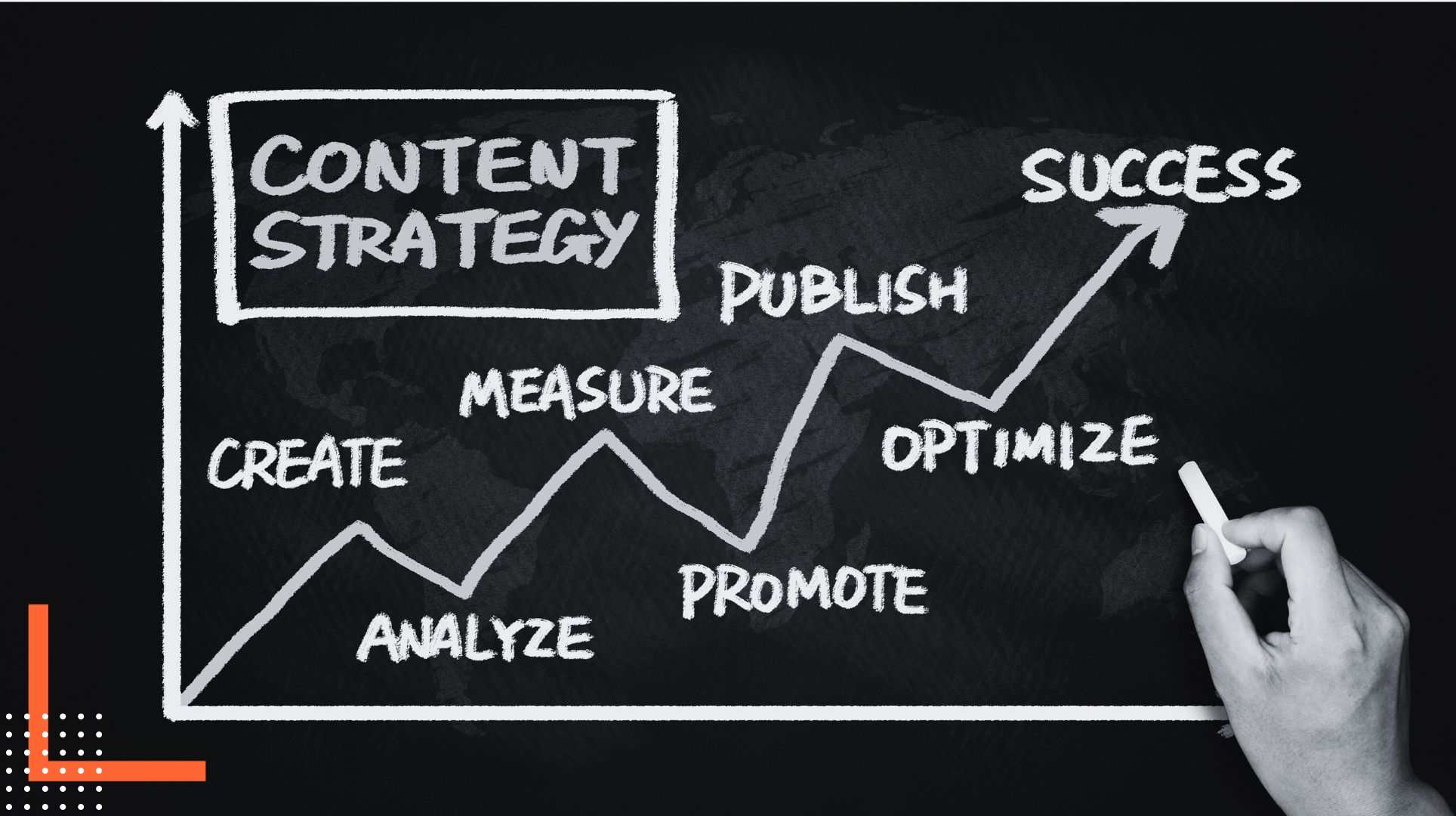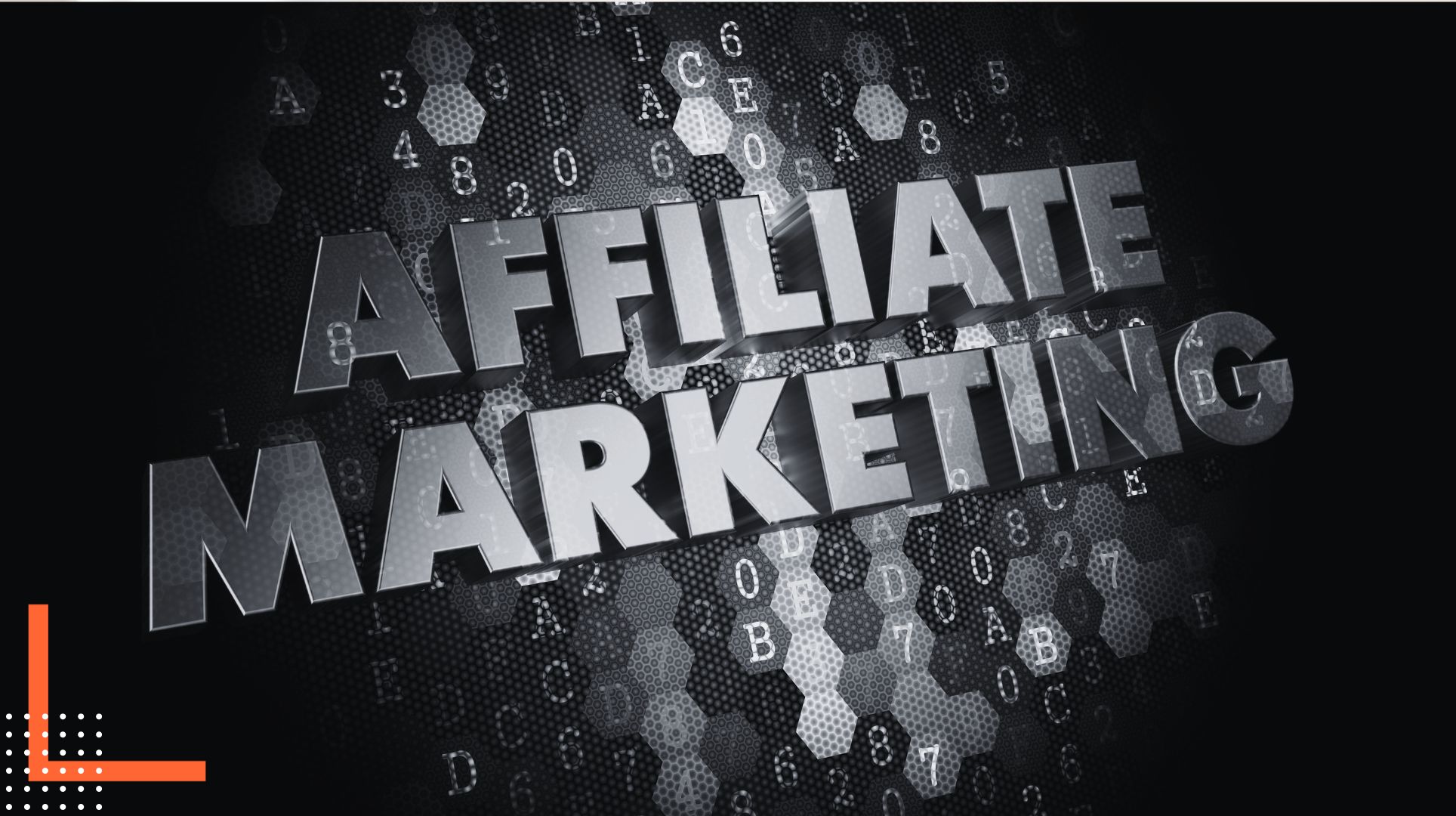Email marketing has emerged as an essential component of digital marketing strategies, enabling businesses to effectively engage their intended recipients. In today’s saturated advertising landscape, email marketing presents a refreshing approach that centers on delivering valuable, informative, and entertaining content directly to potential customers. This article will delve into the realm of email marketing, exploring its significance, essential elements, various types, techniques for crafting captivating content, the correlation between email marketing and search engine optimization (SEO), measuring effectiveness, and common pitfalls to steer clear of.
Table of Contents
- Definition
- Benefits of Email Marketing
- Building an Email List
- Crafting Compelling Emails
- Email Marketing Automation
- Segmentation and Personalization
- Email Design and Formatting
- Email Deliverability and Avoiding Spam
- Tracking and Analytics
- A/B Testing
- Integrating Email Marketing with Other Channels
- Email Marketing Best Practices
- Overcoming Challenges in Email Marketing
- Conclusion
Definition
Email marketing is the practice of sending targeted messages, promotional content, or newsletters to a specific group of individuals via email. It provides businesses with an opportunity to engage their audience, nurture relationships, and drive conversions. Unlike unsolicited spam emails, email marketing campaigns are permission-based, ensuring that recipients have willingly subscribed to receive communication from the sender.
Benefits of Email Marketing
The work of an email marketing agency offers a multitude of benefits for businesses looking to establish and maintain strong connections with their audience. Firstly, it is a cost-effective method to reach a large number of people instantly. With a well-crafted email campaign, businesses can generate leads, increase sales, and build brand awareness.
Secondly, email marketing enables personalized communication. By segmenting email lists based on various factors such as demographics or customer behavior, businesses can tailor their messages to specific audience segments. This personalization leads to higher engagement and conversion rates, as recipients receive content that is relevant to their needs and preferences.
Additionally, email marketing allows for easy tracking and analytics. Through email marketing platforms, businesses can gain valuable insights into the effectiveness of their campaigns, monitor open rates and click-through rates, and understand customer behavior. These insights help in optimizing future campaigns and improving overall marketing strategies.
Building an Email List
Building a high-quality email list is a crucial aspect of successful email marketing. As an e-commerce marketing agency, we employ several strategies to collect email addresses from interested individuals. For instance, offering valuable content such as ebooks, guides, or exclusive discounts in exchange for email subscriptions can entice visitors to provide their contact information.
Moreover, businesses can utilize lead magnets, such as free webinars or downloadable resources, to attract potential subscribers. Optimizing website opt-in forms with compelling copy and clear value propositions can also encourage visitors to sign up for email updates.
It is essential to ensure that subscribers provide their consent to receive emails, aligning with email marketing regulations and best practices. Implementing double opt-in processes, where subscribers confirm their subscription through a confirmation email, helps maintain a high-quality email list and improves deliverability rates.
Crafting Compelling Emails
To effectively engage recipients and encourage them to take action, businesses need to craft compelling and engaging emails. One key element is writing attention-grabbing subject lines. A well-crafted subject line entices recipients to open the email and discover what’s inside. It should be concise, intriguing, and relevant to the email’s content.
Within the email, businesses should utilize a conversational tone, making the message feel personal and relatable. By understanding their target audience and addressing their pain points, businesses can provide valuable content that resonates with recipients. Whether they are offering useful tips, showcasing new products, or sharing exclusive promotions, the content should provide value and meet the needs of the recipients.
Visual appeal is also crucial in email marketing. Including relevant images, videos, or infographics can enhance the overall aesthetic of the email and make it more engaging. However, it’s important to strike a balance and not overload the email with excessive visual elements that may slow down loading times or distract from the main message.
Additionally, a clear call-to-action (CTA) is essential to guide recipients towards the desired action. Whether it’s making a purchase, signing up for an event, or visiting a website, the CTA should be prominently displayed and easily clickable. Using action-oriented language and creating a sense of urgency can motivate recipients to take action promptly.
Email Marketing Automation
Email marketing automation has revolutionized the way businesses manage their campaigns. Automation tools allow businesses to streamline their email marketing efforts, saving time and resources while delivering personalized and timely messages.
With automation, businesses can set up workflows that trigger emails based on specific actions or events. For example, a welcome email can be automatically sent to new subscribers, nurturing the relationship from the start. Abandoned cart emails can remind customers about their pending purchases and offer incentives to complete the transaction. Birthday or anniversary emails can be sent to celebrate and provide exclusive offers.
By leveraging automation, businesses can deliver relevant content at the right time, nurture leads, and strengthen customer relationships without requiring manual intervention for each individual interaction.
Segmentation and Personalization
Segmentation and personalization are key elements of successful email marketing campaigns. By dividing the email list into smaller segments based on various criteria, such as demographics, purchase history, or engagement level, businesses can tailor their messages to specific audience groups.
Personalization goes beyond simply addressing recipients by name. It involves customizing the email content to align with the unique needs and preferences of each segment. This can include recommending products or services based on past purchases, sending targeted offers or discounts, or providing relevant educational content.
Segmentation and personalization contribute to higher engagement rates and conversion rates, as recipients receive emails that resonate with their specific interests, increasing the likelihood of taking the desired action.
Email Design and Formatting
The design and formatting of emails play a crucial role in capturing recipients’ attention and effectively delivering the intended message. A visually appealing and well-structured email can enhance readability and engagement.
Firstly, it’s important to ensure that emails are mobile-responsive. With the majority of people accessing emails on mobile devices, responsive design ensures that the email adapts to different screen sizes and displays correctly.
Secondly, creating a clear hierarchy of information helps recipients navigate through the email easily. Using headings, subheadings, and bullet points can break up the text and make it more scannable. Important information should be placed prominently, and visually appealing elements like images or buttons should be strategically placed to guide the reader’s eye.
Maintaining consistency with the brand’s visual identity, such as using appropriate colors, fonts, and imagery, helps reinforce brand recognition and establish a cohesive brand experience.
Email Deliverability and Avoiding Spam
Ensuring that emails land in recipients’ inboxes and avoid being flagged as spam is crucial for the success of email marketing campaigns. Several best practices can help improve deliverability rates and maintain a positive sender reputation.
Firstly, businesses should obtain explicit permission from recipients before adding them to the email list. Using double opt-in processes verifies that the subscriber genuinely wants to receive emails and reduces the chances of spam complaints.
Secondly, regularly cleaning the email list by removing inactive or unsubscribed recipients helps maintain a healthy list with engaged subscribers. Sending emails to unresponsive or disinterested recipients can negatively impact deliverability rates.
Additionally, following email marketing regulations, such as including a clear unsubscribe option and providing accurate sender information, is crucial. This ensures transparency and gives recipients control over their email preferences.
To avoid triggering spam filters, it’s important to avoid certain practices that are commonly associated with spam emails. These include using excessive capitalization or punctuation in subject lines, using misleading or deceptive content, or using spam trigger words in the email body.
Regularly monitoring email deliverability metrics and addressing any issues promptly is essential. Analyzing bounce rates, open rates, and click-through rates can provide insights into the effectiveness of email campaigns and help identify areas for improvement.
Tracking and Analytics
One of the major advantages of email marketing is the ability to track and measure the performance of campaigns. Marketing analytics provide valuable insights into the effectiveness of email campaigns, allowing businesses to make data-driven decisions and optimize their strategies.
Email marketing platforms offer a range of metrics to monitor, such as open rates, click-through rates, conversion rates, and unsubscribe rates. These metrics help assess the engagement levels of recipients and the impact of different elements within the email, such as subject lines, CTAs, or content types.
By analyzing these metrics, businesses can identify trends, understand customer behavior, and make adjustments to improve campaign performance. A/B testing, where different versions of an email are tested with a portion of the audience, can provide valuable insights into what resonates best with recipients and inform future campaign optimizations.
A/B Testing
A/B testing, also known as split testing, is a powerful technique in email marketing that allows businesses to compare different versions of an email to determine which performs better. By splitting the audience and sending two variations of an email with a single difference, such as subject line, CTA placement, or content format, businesses can measure the impact on open rates, click-through rates, and conversions.
A/B testing provides valuable insights into recipient preferences and helps optimize email campaigns for better results. It is an ongoing process that allows businesses to continually refine their strategies and improve engagement rates.
Integrating Email Marketing with Other Channels
Email marketing is most effective when integrated with other marketing channels to create a cohesive and holistic customer experience. By coordinating efforts across various channels, businesses can maximize reach and engagement.
For example, businesses can leverage social media ads to promote email subscriptions and encourage followers to sign up for newsletters. Including social media buttons in emails allows recipients to easily share content and extend the reach of the message.
Integrating email marketing with content marketing strategies ensures that valuable blog posts, articles, or resources are shared with the email audience. This helps nurture leads and establish businesses as thought leaders in their industry.
Furthermore, aligning email marketing with customer relationship management (CRM) systems allows businesses to track and analyze customer interactions across different touchpoints. This enables personalized communication based on customer preferences, purchase history, or engagement level.
Email Marketing Best Practices
To ensure the effectiveness of email marketing campaigns, it’s important to follow best practices:
- Focus on building a quality email list of engaged subscribers who have willingly opted in to receive emails.
- Craft compelling subject lines that grab attention and entice recipients to open the email.
- Provide valuable and relevant content that meets the needs and interests of recipients.
- Use personalization and segmentation to tailor messages to specific audience segments.
- Optimize email design for mobile devices, ensuring a seamless user experience.
- Include clear and prominent CTAs that guide recipients towards the desired action.
- Regularly clean and maintain the email list to remove inactive or unsubscribed recipients.
- Monitor and analyze email metrics to measure performance and identify areas for improvement.
- Stay compliant with email marketing regulations and respect recipients’ preferences.
- Continuously test and refine email campaigns through A/B testing and experimentation.
Overcoming Challenges in Email Marketing
While email marketing offers numerous benefits, it also comes with its fair share of challenges. Understanding and overcoming these challenges is essential for a successful email marketing strategy.
One common challenge is ensuring that emails are delivered to recipients’ inboxes and not marked as spam. This requires maintaining a good sender reputation, adhering to email deliverability best practices, and regularly monitoring email deliverability metrics.
Another challenge is maintaining engagement and preventing recipients from unsubscribing. To overcome this, businesses should focus on providing valuable content, personalizing emails, and avoiding excessive frequency or repetitive messaging. It’s important to strike a balance between staying top-of-mind and avoiding email fatigue.
Designing emails that are visually appealing and optimized for different devices can be a challenge as well. It’s crucial to use responsive design principles and test emails across various email clients and devices to ensure consistent rendering.
Measuring the success and ROI of email marketing efforts can also be a challenge. By setting clear goals, defining key performance indicators (KPIs), and utilizing tracking and analytics tools, businesses can gain valuable insights into the effectiveness of their campaigns.
Lastly, staying up to date with evolving industry trends, best practices, and regulations can be challenging. It’s important to invest in ongoing education and stay informed about changes in email marketing platforms, privacy laws, and consumer preferences.
Conclusion
In conclusion, email marketing is a powerful tool for businesses to connect with their audience, drive engagement, and achieve marketing goals. By understanding the concept of email marketing, leveraging its benefits, implementing best practices, and overcoming common challenges, businesses can harness the full potential of this marketing channel.







